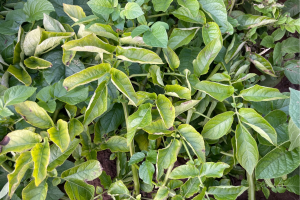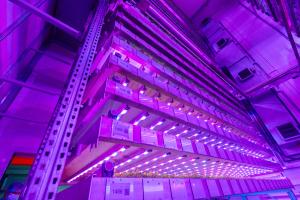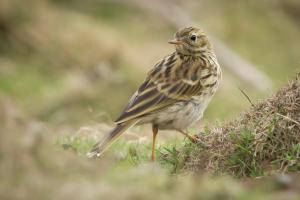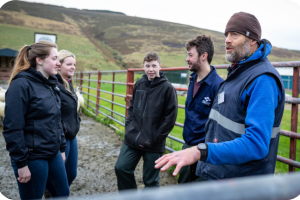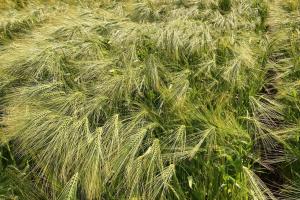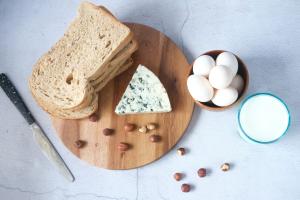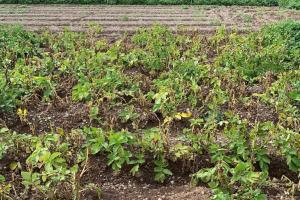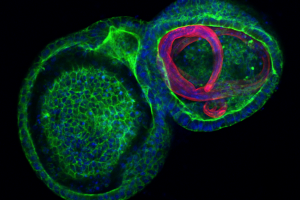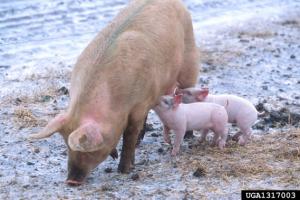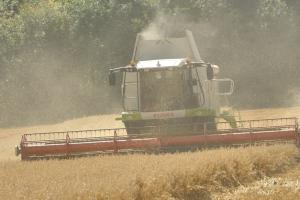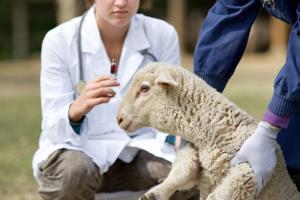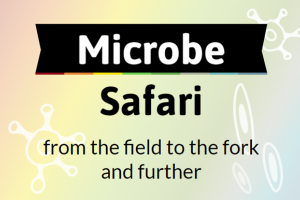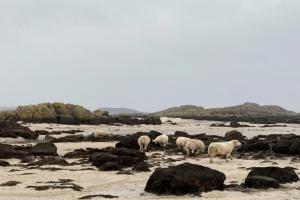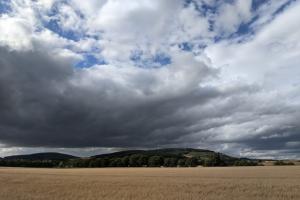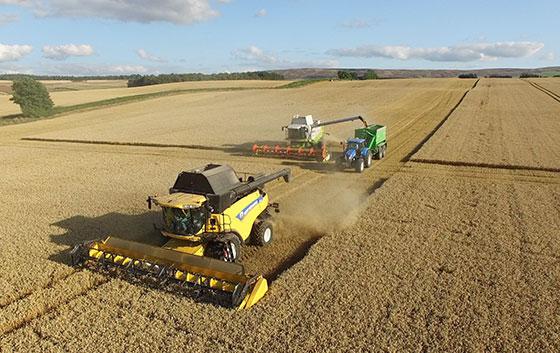
Scotland’s agriculture sector underpins Scotland’s high performing food and drink industry, is at the heart of our rural communities, and provides benefits to wider society. SEFARI provides the research needed for Scotland to improve the efficiency of good food production whilst protecting the environment, rural communities and animal welfare. This is done through developing tools (for example on disease control, welfare and genetics), research, and the capability to think about agriculture in a wider context. We also work with farmers and growers, processors, food companies, health professionals, nutritionists, and economists to find ways to put our research into practice.

